Big alma: a patron saint of the
"me too" movement

The modern “Me Too” Movement was founded in 2006 by activist Tarana Burke as a way for young black girls to share their stories of abuse and begin the healing process (check out her memoir HERE). It reached new heights in 2017 with the exposure (pun intended) of movie mogul Harvey Weinstein’s decades-long perpetration of sexual harassment and assault against female Hollywood hopefuls.
Since then, “Me Too” has had a major impact on the way women of all colors are treated in our society. As Miami University professor of feminist history Kimberly Hamlin puts it, “The generations-long culture of silence is over. The tide has turned from giving abusers a free pass, to listening to and believing survivors and silence breakers. I really feel that we cannot overestimate how big of a shift this is culturally, psychologically, legally. For generations, women have been told, ‘Suck it up. Keep it to yourself. That’s just how things are. It’s your fault.’ We are no longer raising our children to just be nice [and to] ‘just don’t say anything.’ And this is a watershed change.” (More of Hamlin’s work can be seen HERE).
Women standing up for themselves has been a long time coming, but back at the turn of the twentieth century, in San Francisco, one woman showed how it could be done and she did so in a world that was so controlled by men that women had no vote and couldn’t even sit on juries! Her name was Alma Charlotte Corday le Normand de Bretteville. She was born in 1881 in the city’s Sunset District to Danish immigrants Viggo and Mathilde de Bretteville. Viggo was distantly related to French royalty; unfortunately, he felt that his elite pedigree meant he shouldn’t have to work. He left that distasteful activity to his wife and children.
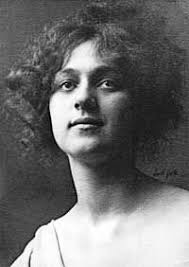
Alma grew up poor, working in her mother’s laundry/bakery/massage parlor, and had to leave school at the age of fourteen to help support the family. At night she attended the Mark Hopkins Institute of Art, specializing in painting miniatures, which is ironic, given the fact that the young woman nicknamed “Big Alma” was six feet tall.
[Wearing] Less is more

Statuesque, with a pretty face and a siren’s body, Alma earned extra money for classes and nice clothes by posing both clothed and nude for life drawing classes. At one point, a colleague offered her a deal: if she posed nude for some paintings that would hang in saloons, she could make considerably more in modeling fees.
Alma agreed, and in her late teens, her likeness began to grace more than one Barbary Coast drinking establishment. Alma soon became a local celebrity.
Her physical attributes drew the attention of one Charles J. Anderson, a miner barely five feet all, who had recently come back from the Klondike Gold Rush a wealthy man. Charlie became smitten with Alma, and she, supposedly, with him. He didn’t mind that she was several inches taller, and she didn’t mind that he had
lots of money. Their short-lived romance began with buggy rides around Golden Gate Park, but progressed to dining at the finest French restaurants, drinking expensive wine and shopping at even more expensive jewelry stores. The infatuated Charlie invited Alma’s family to attend the opera and paid for other outings. At one point, according to Alma’s sister, the diminutive suitor said that the de Brettevilles were one of the finest families in San Francisco and he was proud to enter into it.
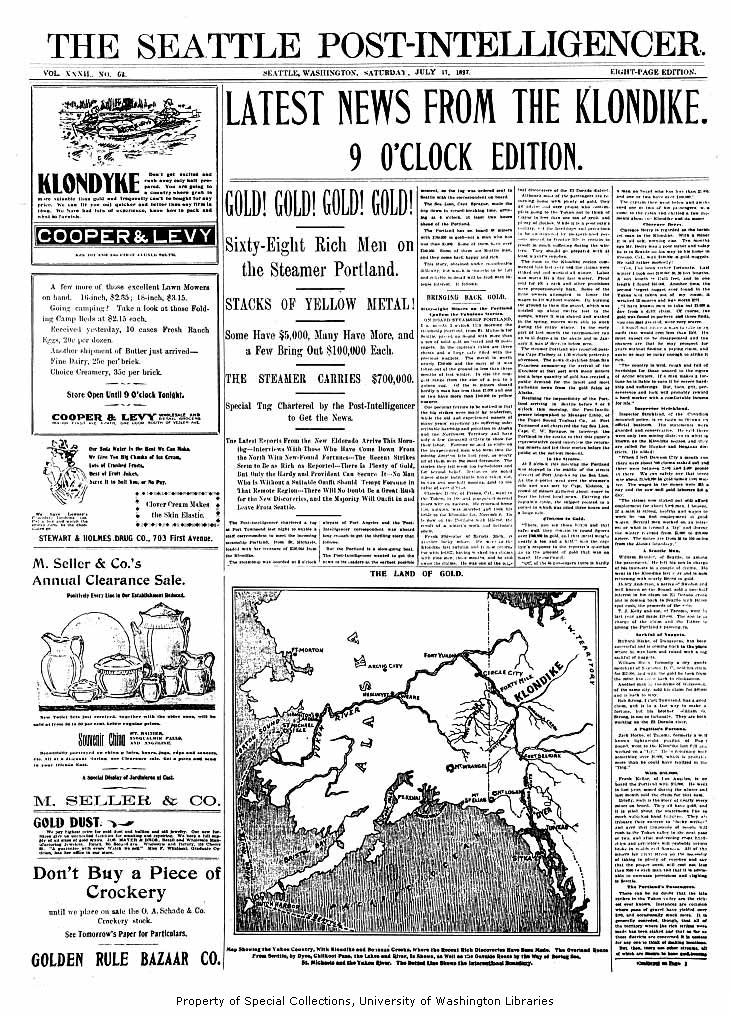
See you in court
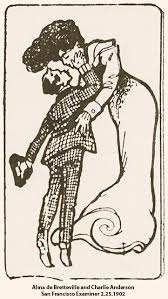
Alas, Charlie wasn’t proud enough to enter into marriage. After five weeks, he walked away from the de Bretteville beauty. Instead of slinking off and licking her wounds, however, Alma stood up for herself and sued Anderson in court for “alienation of affection.”
In February of 1902, the city’s newspapers were filled with accounts of the clash between the thoroughly charming plaintiff and the rich but callous miner. According to Alma’s sworn testimony, Charlie was a generous wooer, giving her diamond rings, pearls, and even ruby garters. He’d also offered her a horse, but she refused the animal because she’d had a premonition that she’d be thrown from it. From Alma’s perspective, Anderson had led her to believe he wanted to make her his, legally and otherwise.
In turn, Charlie testified that he’d only given Alma the presents because she’d asked for them (Another lesson here: Don’t be afraid to ask for what you want!). He justified his gifts by saying that it was in his nature to be generous. Apparently, when Alma’s father challenged Charlie to a duel for refusing to marry his daughter, Charlie “just laughed it off.” Sounds like the classic, “it was consensual” defense, doesn’t it?
The question of whether or not Alma and Charlie had sex didn’t come up during the trial, but it must have been implied. Years later, Alma remembered it as “the time I sued for personal defloweration…”
After days of tear-filled (not to mention entertaining) testimony, the all-male jury reached a verdict … in favor of Alma! She didn’t get the sum of money she wanted, but she did receive some compensation, at least on paper. (Sad to say, Charlie never did pay up; by the following year he was broke.)
Was Alma in the Right?
Was Alma de Bretteville taken advantage of by Charlie Anderson? It’s a split decision. She was only nineteen, but in those days, few opportunities existed for women to succeed in society other than to marry well. Those blessed with beauty often took advantage of their looks, and why wouldn’t they, since most other career paths that offered advancement were closed to females? As one of her family’s main breadwinners, Alma no doubt figured that Charlie Anderson, while not perfect, would care for her and her family. As she was known for saying, “I’d rather be a rich man’s darling than a poor man’s slave.” The important thing about the trial was that she stood up to the powers that be and said, in essence, “I am here, I am worthy, and I refuse to be mistreated.” During that period of our country’s history, those were earth-shattering sentiments coming from anyone, much less a woman. I like to think that the fact that the all-male jury agreed with Alma showed a glimmer of the societal changes to come.
What Happened to Big Alma?
You’ll be happy to know that Alma de Bretteville didn’t fade into obscurity after her legal triumph – far from it. Continuing to pursue a modeling career, she soon scored a life-changing gig. One of her art school instructors was a sculptor named Robert Aitken, who was in the running to design a monument honoring both Admiral George Dewey, a hero of the Spanish American War, and President William McKinley, who had recently been assassinated. Rather than create the usual bronze renditions of the men themselves, Aitken proposed sculpting a dignified, heroic woman to symbolize the best attributes of both men.
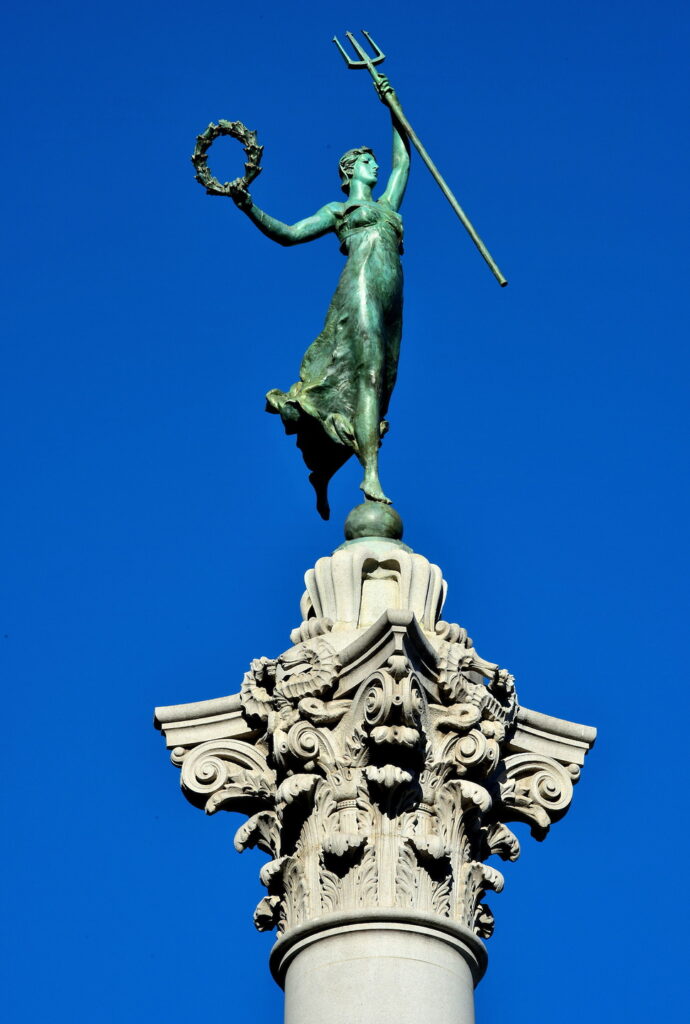
Today, if you find yourself in San Francisco’s Union Square, look up at what is known as the Dewey Monument. The eighty-five-foot statue is crowned by the “Goddess of Victory,” who is said to be none other than Alma de Bretteville. Wearing a body-clinging Greek-style gown as well as a “take no prisoners” attitude, Alma looks like she could easily grace the halls of Mt. Olympus. In one hand she carries a palm wreath, representing the work accomplished by President McKinley before his untimely death. In the other she brandishes a trident, which stands for Dewey’s victory during the Battle of Manila and his subsequent accolade as “King of the Sea.” During that project she met the man she would later marry: Adolph Spreckles, heir to the Spreckles sugar fortune (It was Alma who coined the now ubiquitous phrase, “Sugar Daddy.”).
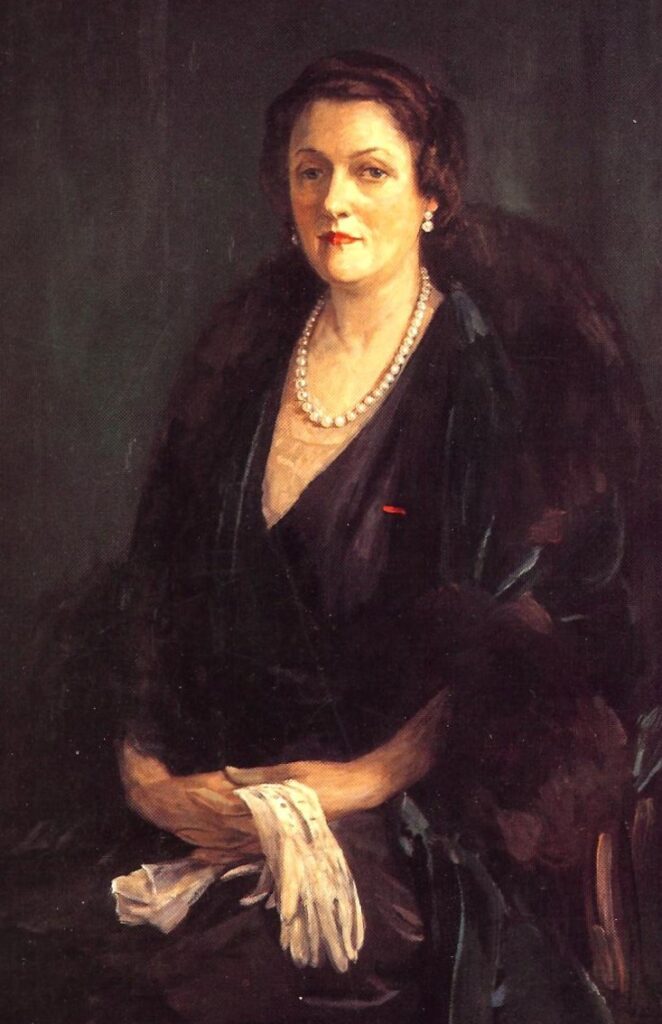

Over her long life, Alma de Bretteville Spreckles became known as the “Great Grandmother of San Francisco.” An influential art collector and philanthropist, she brought French sculptor Auguste Rodin’s body of work to international prominence and displayed his works in the Palace of the Legion of Honor, which she had built and later donated to the city. It is now one of San Francisco’s most cherished landmarks (along with the Dewey Monument).
Long before today’s Me Too Movement, Alma de Bretteville declared a resounding “No! I’m not going to take that kind of behavior!” and the world listened. Way to go, Big Alma!

Note: Alma de Bretteville is a character in my upcoming historical mystery, The Twisted Road. To read more about her, check out her biography by Bernice Scharlack HERE.
Feel free to share this post!


